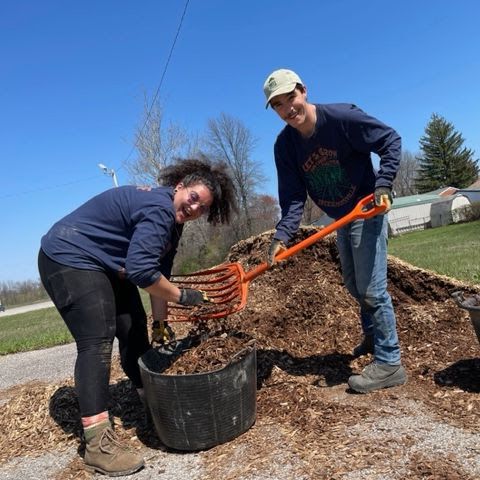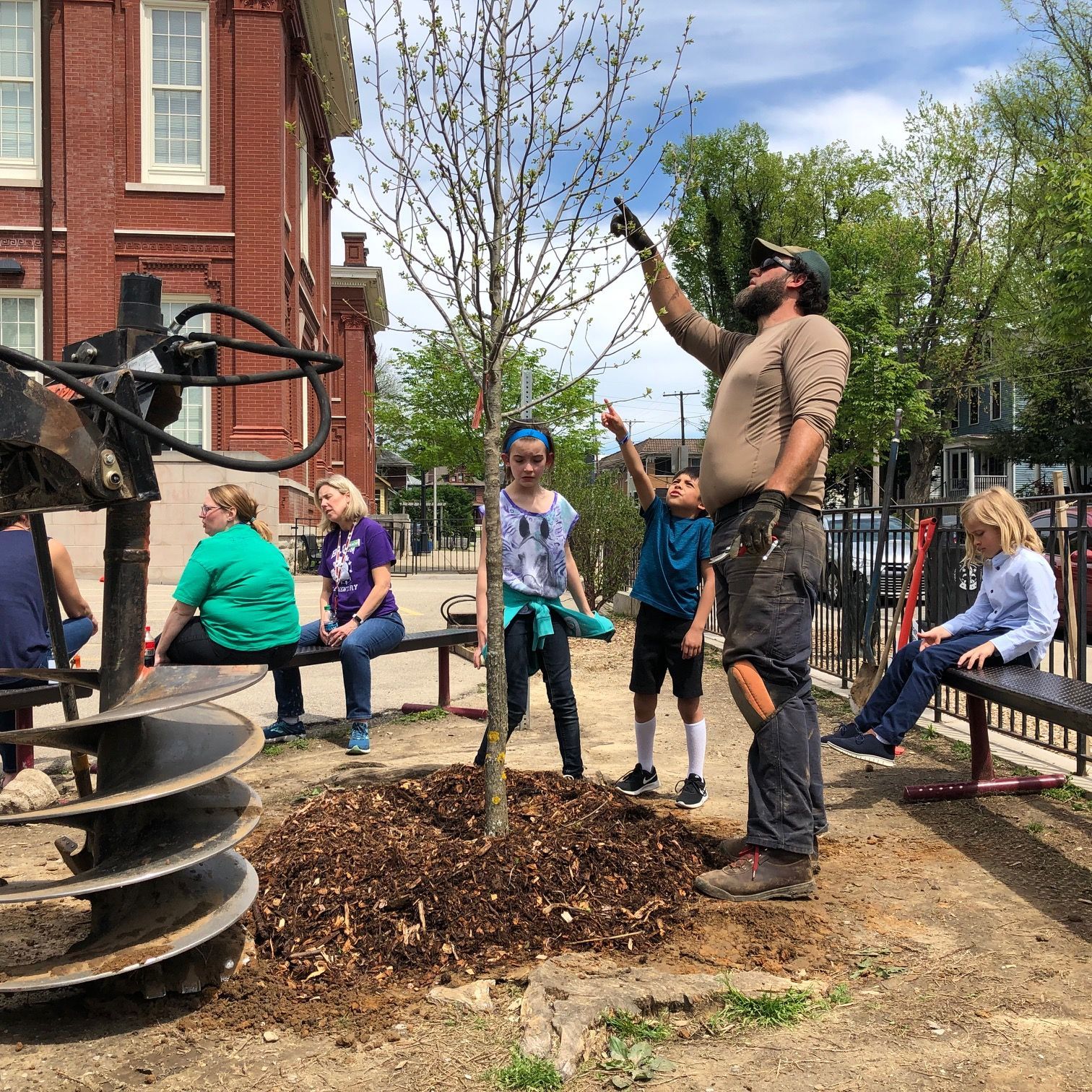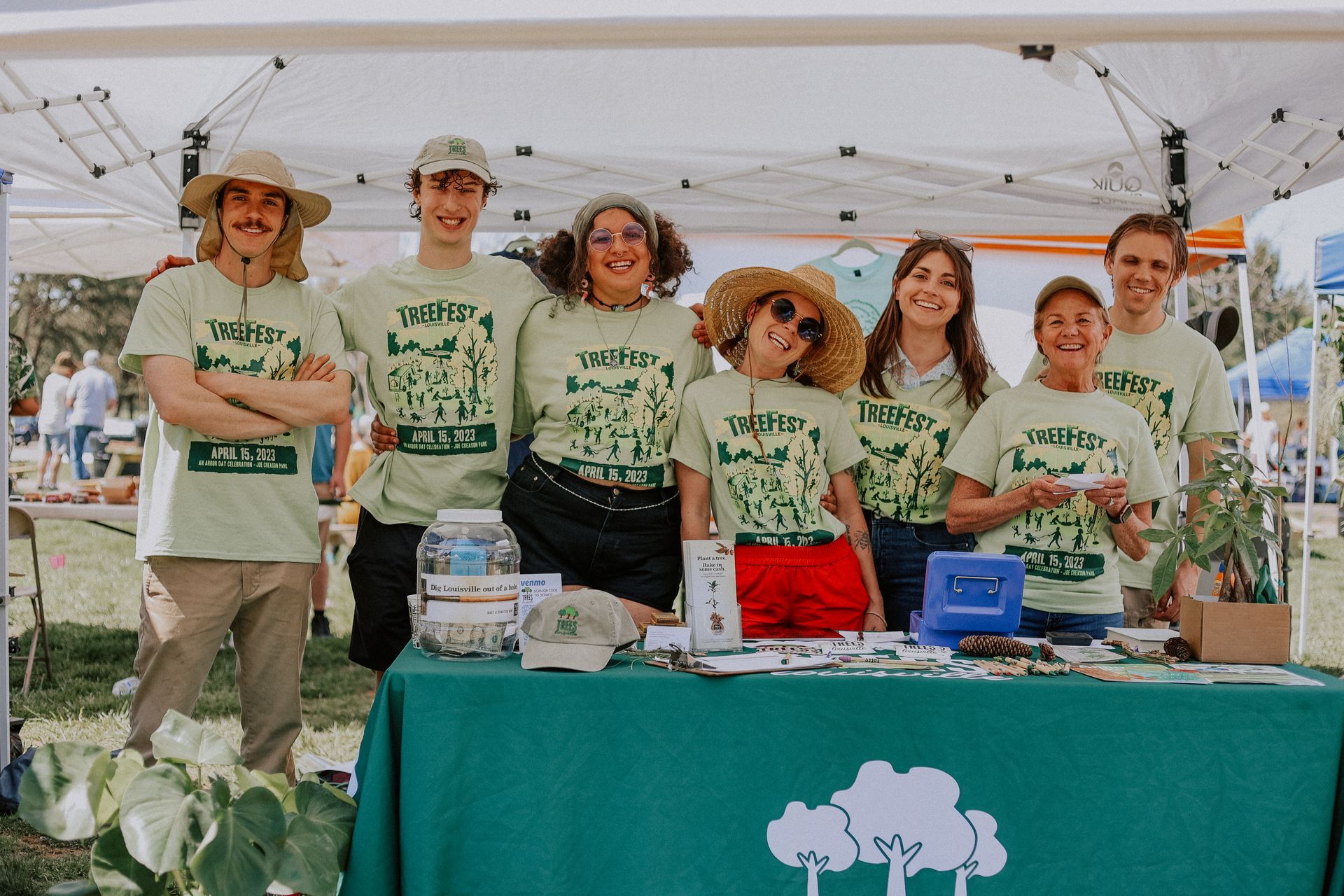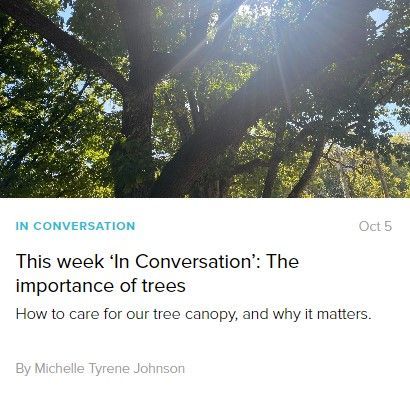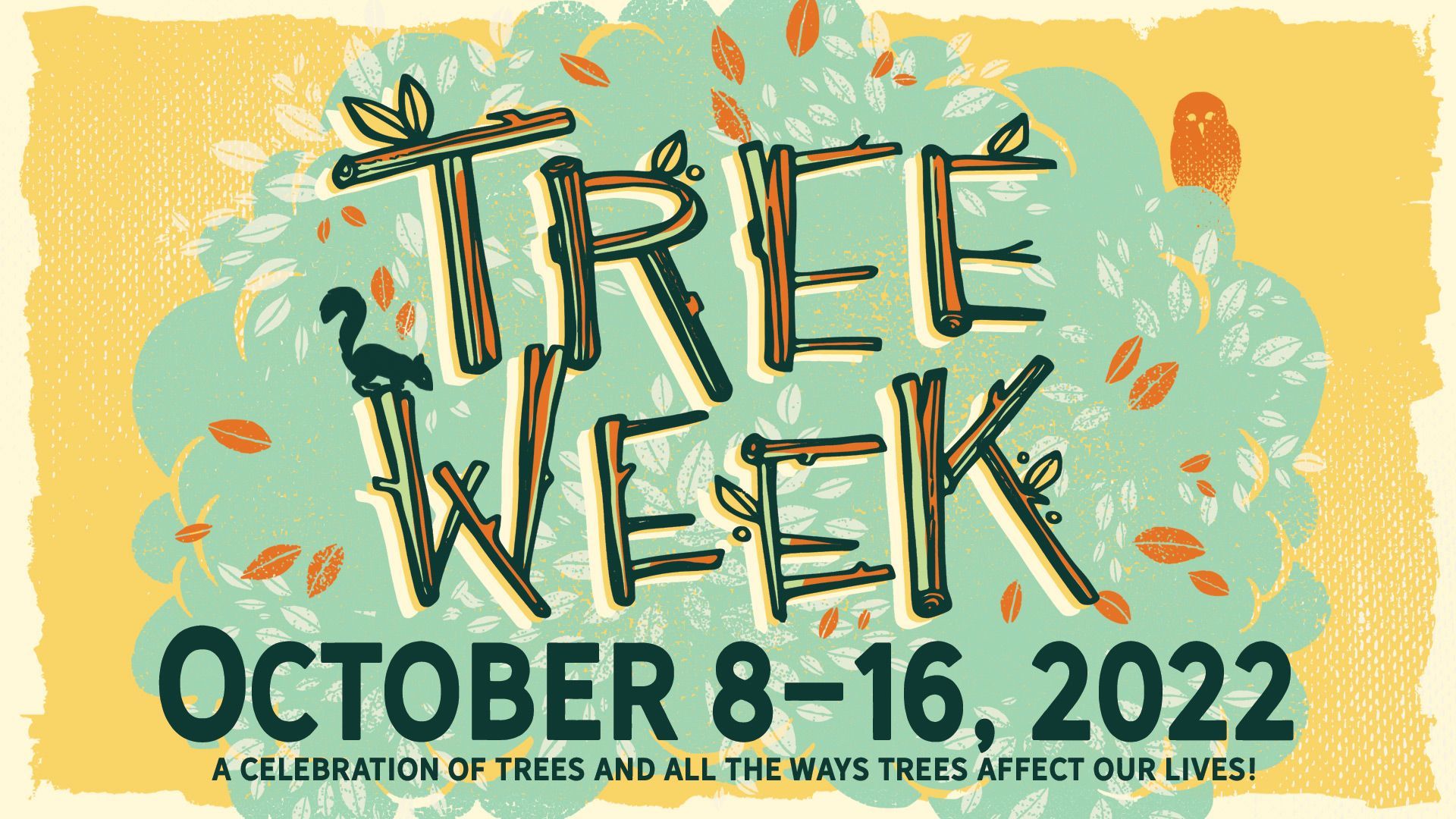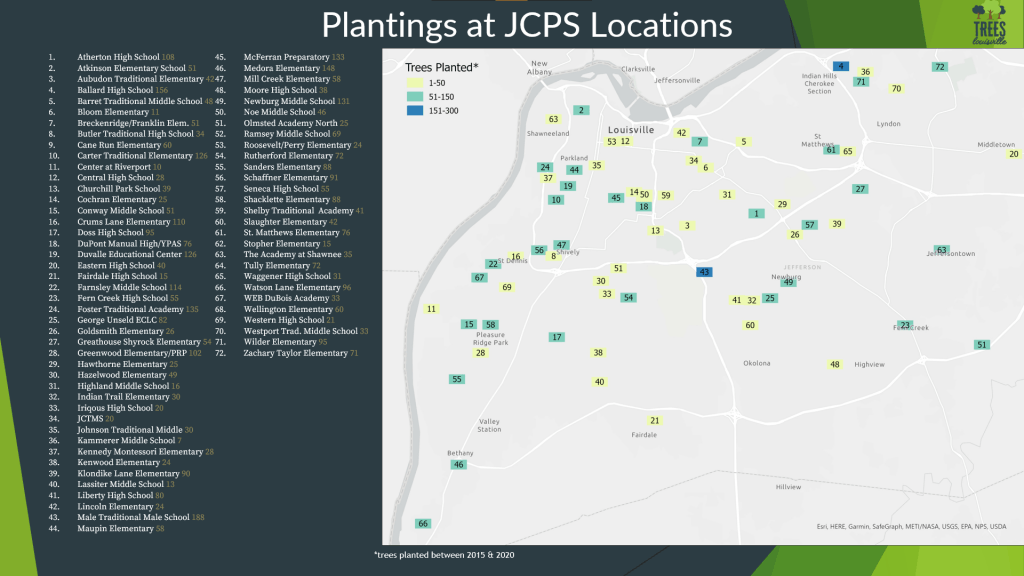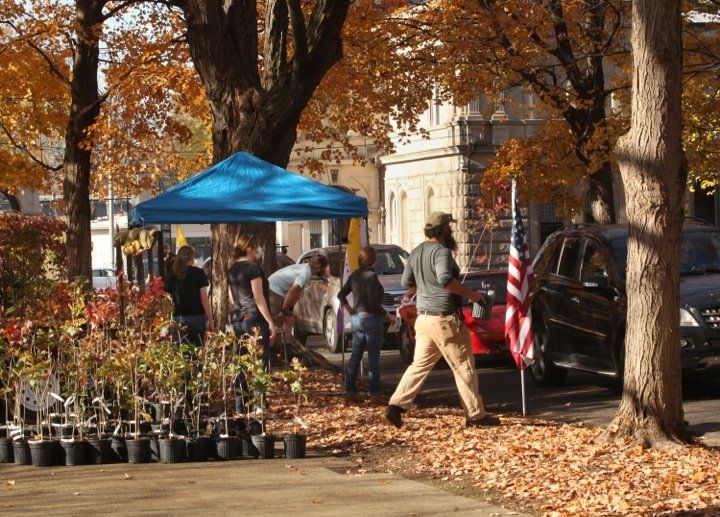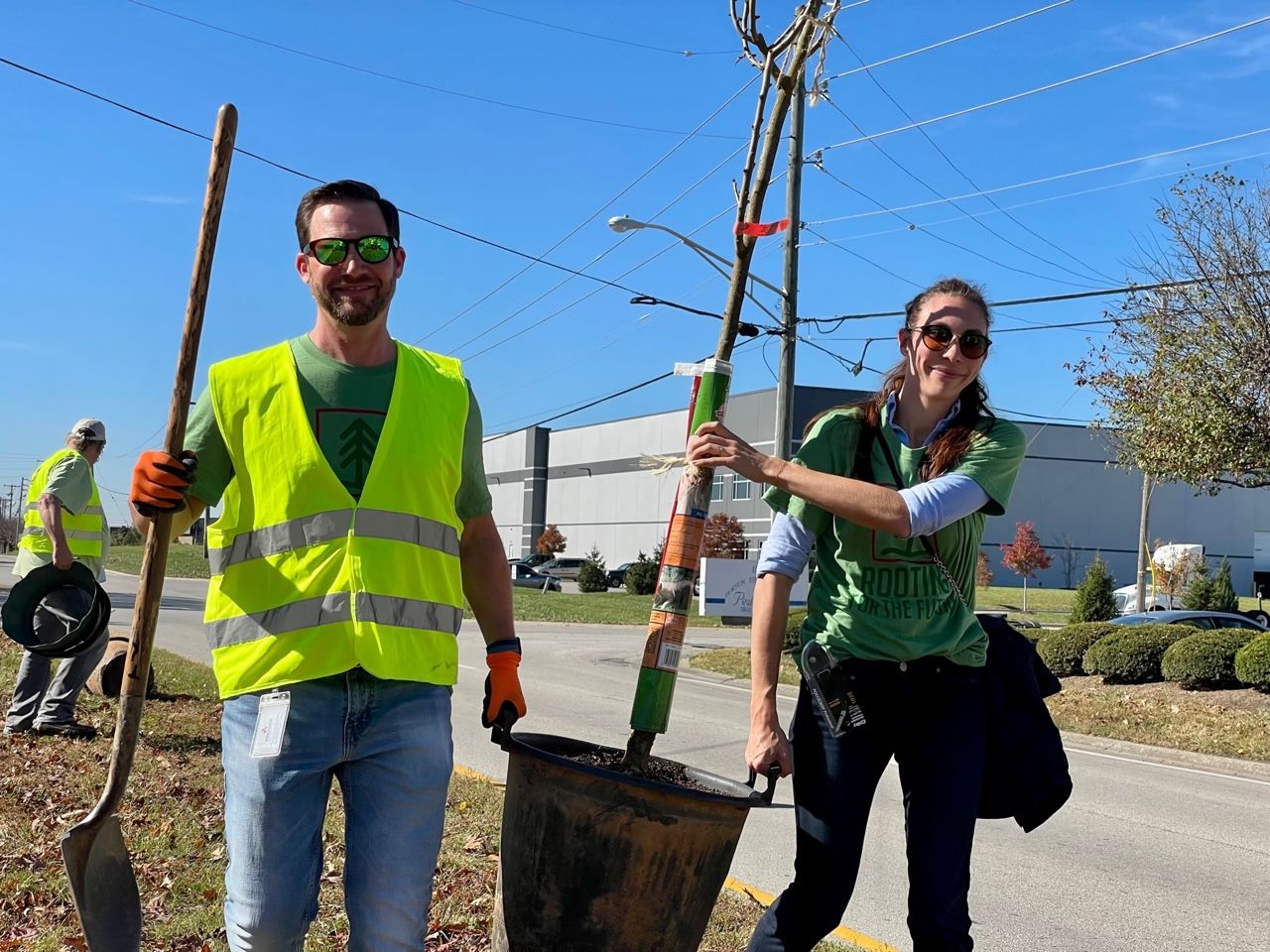A Letter from Mayor Greg Fischer
Many people look at a nice tree — one that is just starting to bud for spring and which, in the fall, turns brilliant yellow before the leaves drop to the ground in confetti of color. I look at a tree and see many other things. Indeed, it’s beautiful — but it’s more. It provides shade on a hot summer day and helps reduce the temperature of our downtown, which is covered largely with buildings and asphalt. When it rains, this tree soaks up moisture, keeping that water from flowing into our combined sewer system. The tree helps clean the air and takes carbon dioxide out of the atmosphere.
That tree — the 6.2 million other trees in our city across all 400 square miles of Louisville — are just as vital as our roads and our bridges — a tree is a significant contributor to our city’s infrastructure. Trees bring significant value to our city and its citizens.
For the past five years, my administration has wrestled with what we knew was a problem — our declining tree canopy. We saw it as the Emerald Ash Borer took hold and felled many trees; we saw it as the major ice and wind storm from several years ago toppled many old trees.
Although we knew a tree decline was happening, we didn’t have the data to prove it…until now. Last year, we launched a project to measure our tree canopy — where it’s been, where it’s going and why.
The results: We are losing about 54,000 trees a year.
The American Forests organization recommends a tree canopy of 45 percent. It will take many years, decades even, to reach that percentage. But we must start now. A poor tree canopy isn’t just an aesthetic issue — it’s a business and homeowner issue.
A depleted tree canopy leads to higher energy bills for businesses and homes; it means our city is physically hotter, which exacerbates health issues especially for the sick and elderly; it makes our city less desirable compared to cities with greater canopies; and it also affects property values. Mature trees add value to homes and businesses.
The Canopy Study concludes that the trees in Louisville provide $330 million in services each year to our community. That $330 million includes costs avoided by keeping water out of the sewers and removing carbon dioxide from the air.
Do you have an idea on how to tackle this problem? Does your business want to help? Do you have ideas for increasing our tree canopy?
This is an issue we will have to tackle one tree at a time. And this must be a true community initiative — the private sector (business, non-profits, houses of worship, etc) plants more trees than government.
Government’s role is to identify the problem then help design a community plan to increase our tree canopy. Metro Government will do its part to plant trees, but the majority of land in our city is in private hands.
This effort takes everyone, from the kid on a street corner selling $1 lemonades to help plant trees in her neighborhood to a corporation donating $1 million for helping to grow the canopy. To support that initiative, we are creating the non-profit group, “TreesLouisville”. This new entity will be dedicated to raising money to plant and maintain trees — and engaging the public in encouraging tree plantings. The executive director is a name we are all familiar with — gardening expert Cindi Sullivan.
The post A Letter from Mayor Greg Fischer appeared first on TreesLouisville.
